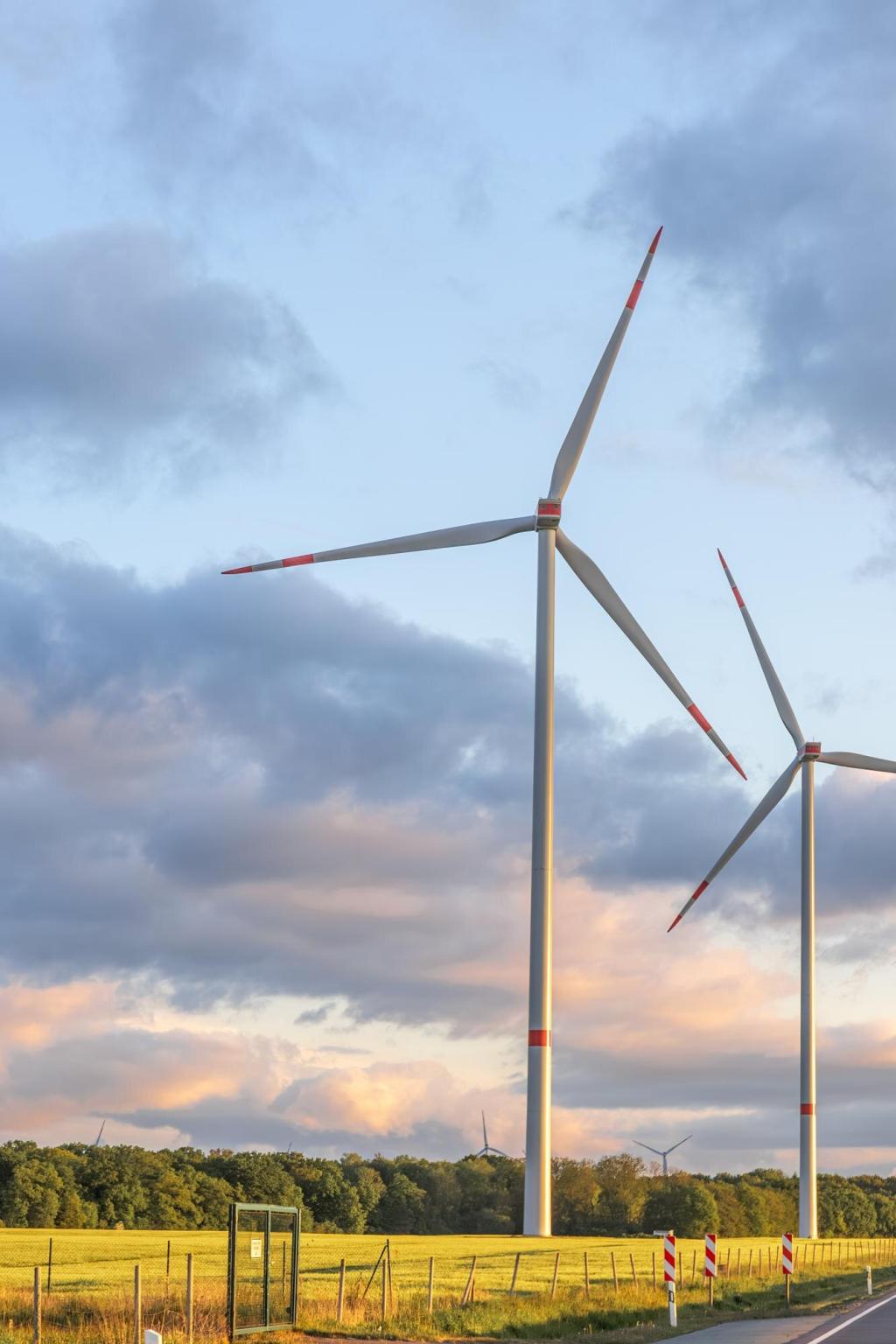Energy-Efficient HVAC Systems for Green Buildings: Comfort That Saves the Planet
Chosen theme: Energy-Efficient HVAC Systems for Green Buildings. Step into a world where intelligent climate control delivers health, comfort, and lower emissions. Explore strategies, real stories, and practical steps you can apply today—then subscribe and join our community of greener builders.
The Case for Efficient Comfort in Green Buildings
Efficient HVAC reduces emissions and utility bills while stabilizing comfort during heat waves and cold snaps. It eases grid stress, prolongs equipment life, and shields occupants from volatile energy prices. Share how seasonal extremes affect your building’s comfort.
The Case for Efficient Comfort in Green Buildings
Understand SEER, EER, HSPF, COP, and IEER to compare systems fairly, especially at part-load conditions where buildings spend most of their time. Align with ASHRAE 90.1 targets and LEED strategies to stack measurable performance gains and certifications.
Smart Controls and Building Automation That Actually Work
Link HVAC operation to real occupancy, not assumptions. Use room-level sensors, door counters, or badge data to reduce run times without sacrificing comfort. Start small with a pilot floor and track trends before scaling across the building.
Continuous monitoring spots stuck dampers, drifting thermostats, or fouled coils early. Fault detection and diagnostics prioritize maintenance tasks with measurable impact. Ask your team which alarms repeat weekly and why—then eliminate the root cause together.
Invite occupants to report hot spots, noise, or stale air directly through a simple form tied to your building system. Human feedback accelerates tuning. Comment with your best low-cost control tweak that saved energy without complaints.

Air-Source Heat Pumps Grow Up
Cold-climate, variable-speed heat pumps maintain capacity at low temperatures with smart defrost cycles and inverter compressors. They shine at part-load, where buildings live most days. Share your coldest-day setpoints and whether occupants still felt comfortable.
VRF in Complex Buildings
VRF systems move heat between zones, reclaiming energy while delivering precise comfort to diverse spaces. With proper controls and commissioning, they reduce duct losses and mechanical room bulk. Ask your designer about heat recovery topologies that suit your layout.
Ground-Source Wins With Patience
Geothermal loops offer stable temperatures and exceptional efficiency over decades. While drilling raises upfront costs, predictable operating savings and quiet operation win hearts. If you’ve run a life-cycle cost analysis, tell us your assumed energy escalation rate.

Healthy Air With Minimal Waste: ERVs, HRVs, and Demand Control
ERVs and HRVs transfer heat—and with ERVs, moisture—between exhaust and supply streams. That means less conditioning of outdoor air and steadier humidity. Track pre- and post-retrofit fan energy and heating load to prove your savings story.
Envelope First, HVAC Right-Sized
Air sealing, insulation, shading, and high-performance glazing cut peak loads dramatically. Only then perform load calculations to avoid oversized systems. Right-sizing reduces short cycling, noise, and cost. Have you measured infiltration or just guessed from a rule-of-thumb?

